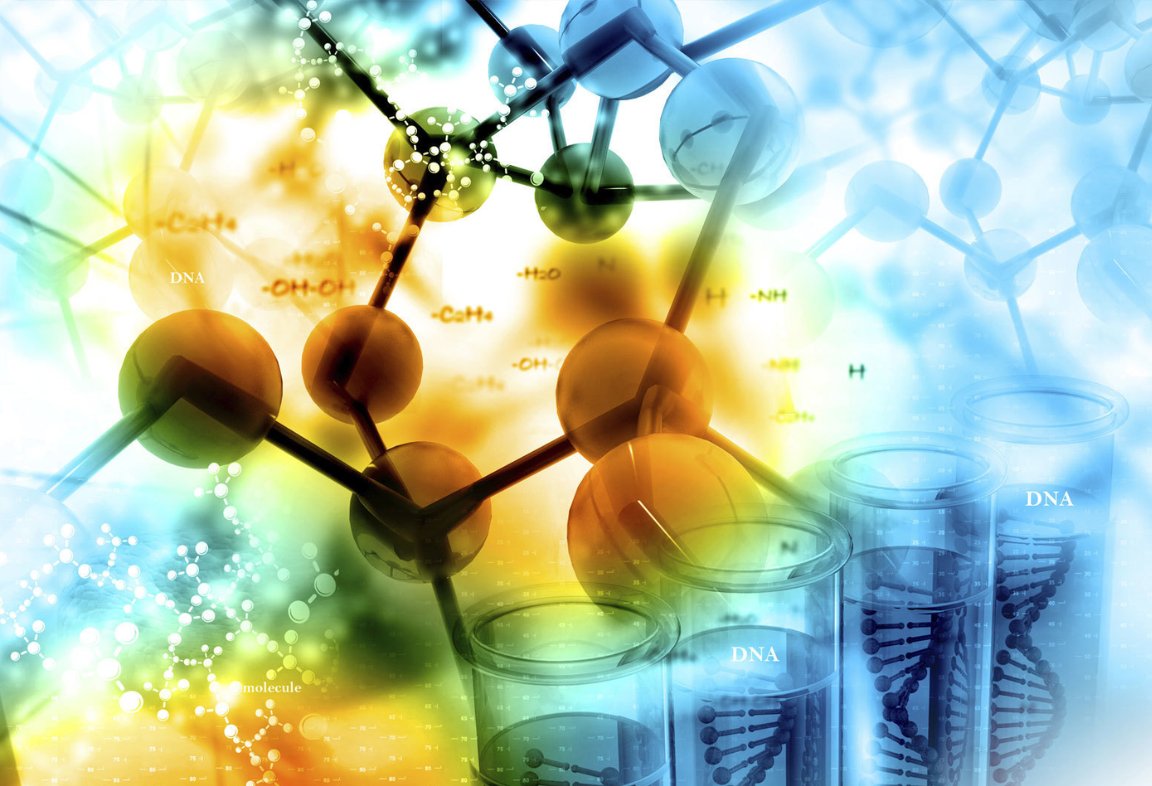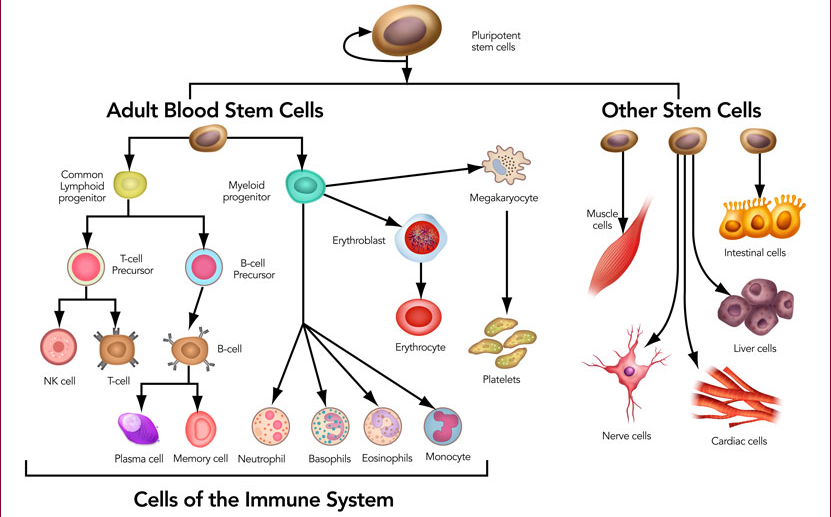
Stem cell basics : types, sources, and controversies
Stem cells are undifferentiated cells that are present in the embryonic, fetal, and adult stages of life and are characterized by the ability to extensively proliferate and differentiate into different types of cells and tissues (1). The major characteristics of stem cells are the ability to self-renewal, clonal proliferation starting from a single cell, and the ability to differentiate into different cell types. Stem cells originate from different sources, and they are classified as:
| Classification | Origin | What they form |
| Pluripotent | Embryonic stem cells,
Induced pluripotent stem cells (iPSC) |
3 germ layers: endoderm, mesoderm, ectoderm |
| Multipotent | Fetal stem cells | Mesoderm-derived tissues such as adipose tissue, bone, cartilage, and muscle |
| Oligopotent | Adult or somatic stem cells | Form 2 or more lineages within a specific tissue (2) |
Types of stem cells

2 main forms of stem cells exist: embryonic and adult stem cells.
Embryonic stem cells: pluripotent cells that can differentiate into more than one cell type.
Adult stem cells:
There are 2 types of adult stem cells. One type is represented by stem cells that reside in fully developed tissues such as the brain, skin, and bone marrow and usually generate only one specific type of cells. For instance, a stem cell that comes from the liver will only generate liver cells. Induced pluripotent stem cells pertain to the second type (3,4).
The controversy around stem cells
Every scientific breakthrough is followed by some challenges or controversies. The most common ethical and political controversy around using embryonic stem cells for biomedical experiments or for therapeutic purposes is that a human blastocyst needs to be destroyed to isolate these cells. Moreover, stem cell research often involves engineering human cells into animals, such as mice or rats and it has been argued that this could create an organism that is partly human. Despite this, there is ongoing research and development that gives us great optimism about regenerative medicine (5,6).
References
1. Kolios G, Moodley Y. Introduction to stem cells and regenerative medicine. Respiration. 2013;85(1):3-10. doi: 10.1159/000345615. Epub 2012 Dec 13. PMID: 23257690.
2. Majo F, Rochat A, Nicolas M, Jaoudé GA, Barrandon Y. Oligopotent stem cells are distributed throughout the mammalian ocular surface. Nature. 2008 Nov 13;456(7219):250-4. doi: 10.1038/nature07406. Epub 2008 Oct 1. PMID: 18830243.
3. Laplane L, Solary E. Towards a classification of stem cells. Elife. 2019 Mar 13;8:e46563. doi: 10.7554/eLife.46563. PMID: 30864951; PMCID: PMC6415933.
4. https://www.stanfordchildrens.org/en/topic/default?id=what-are-stem-cells-160-38
5. Ilic D, Ogilvie C. Concise Review: Human Embryonic Stem Cells-What Have We Done? What Are We Doing? Where Are We Going? Stem Cells. 2017 Jan;35(1):17-25. doi: 10.1002/stem.2450. Epub 2016 Jul 17. PMID: 27350255.
6. King NM, Perrin J. Ethical issues in stem cell research and therapy. Stem Cell Res Ther. 2014 Jul 7;5(4):85. doi: 10.1186/scrt474. PMID: 25157428; PMCID: PMC4097842.



